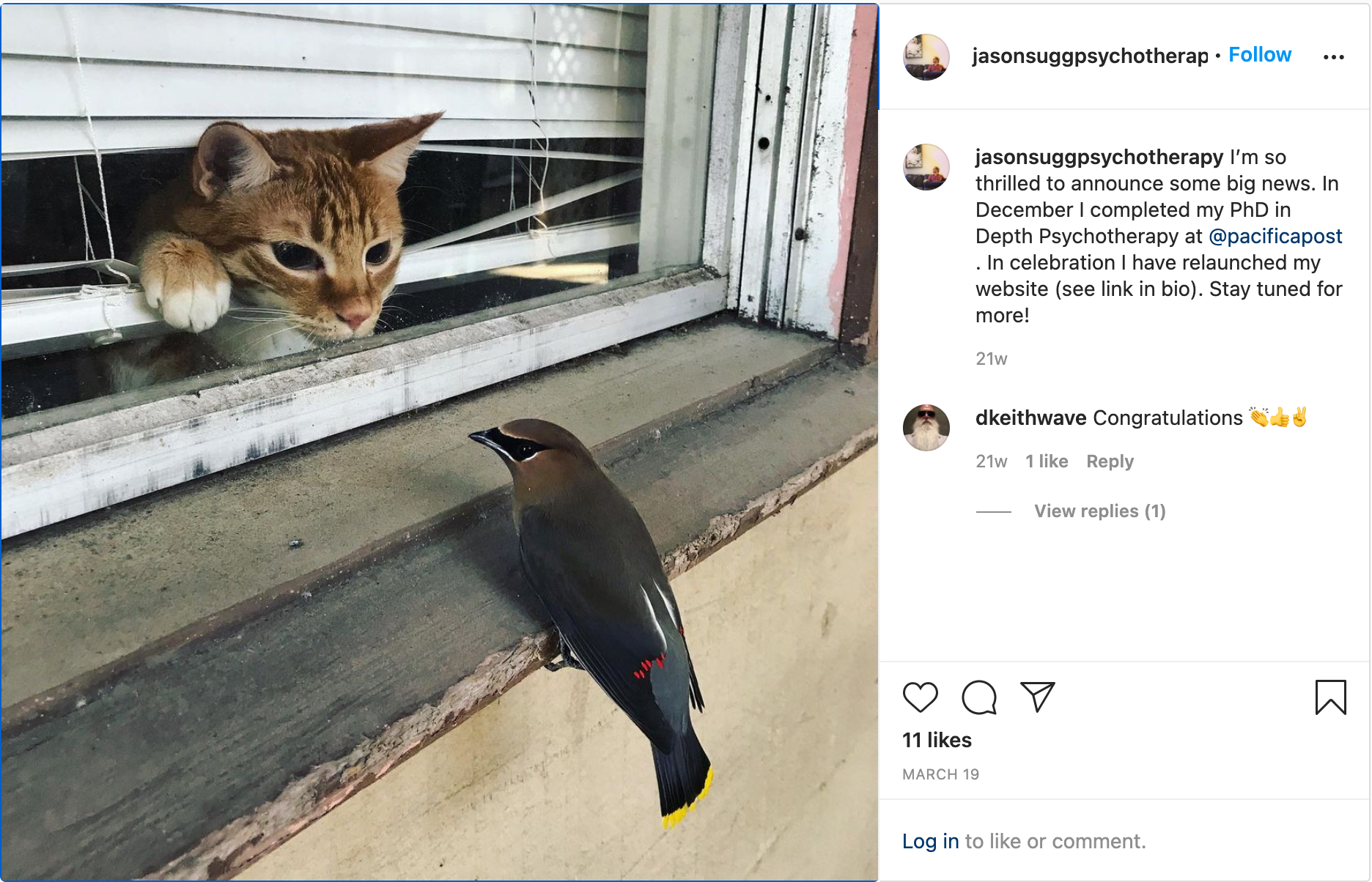Facilitating interaction was the dictum I used for the first couple therapy I did. I recall, as an untrained social worker in a hospital being asked to work with a couple who had difficulties. The night before I read a gestalt based book on couple therapy and facilitate interaction was the central practical guide I took away. I could have done worse.
I have written on dialogue and encounter in the AANZPA Journal more recently: The Imago Affair. Let me quote a relevant chunck from that paper as I wish to further reflect on encounter.
Encounter
At their heart, both Moreno’s and Hendrix’s work go beyond technique and are an invitation to a profound experience. The aim of a dialogue is not a specific outcome, nor is it reliant on one method. Here is the section of Moreno’s well known poem that encapsulates the idea of encounter.
A meeting of two: eye to eye, face to face.
And when you are near I will tear your eyes out
and place them instead of mine,
and you will tear my eyes out
and will place them instead of yours,
then I will look at you with your eyes
and you will look at me with mine.
MorenoHarville Hendrix introduced the validation step into the Imago structure with an eye to facilitating just such an experience. It is often taught as understanding or making sense. The lead-in line goes like this: “You make sense. And one thing that makes sense is…” The listener is invited to cross a bridge into the world of the other, and to see what they see, and feel what they feel in that world. Note the similarity to Moreno in Hendrix’s idea.
Buber clarified for me that a “Thou” relationship with others required honouring their “otherness” as an “I” distinct from me and any concepts I might have of them. This required a willingness to look at the world of another through his or her eyes.
Hendrix
Linger on the moments of connection described here:
I will look at you with your eyes (Moreno)
look at the world of another through his or her eyes (Hendrix)
Are they the same?
Both Imago and in the work of Moreno there is the idea of a special meeting. Not just any meeting, but something profound, where you become the other…
How to facilitate, or operationalise encounter is different in the psychodramatic sphere than in the I Imago sphere. They use different contexts for their techniques as well, psychodrama: the stage. Imago: the couple in dialogue and Hedy Schleifer has a variation: Host / Visitor to the other’s world.
There are techniques/concepts in these modalities that are sometimes akin, but differently nuanced, and sometimes unique to the method. There are other modalities and have techniques for interaction, of importance is the variation of Imago developed by Hedy Schleifer and her husband, and the work of Dan Wile.
My friend and colleague Dan Randow and I are working on describing the varieties of techniques for encounter. Here is a beginning.
Here is a list of techniques/concepts:
Doubling: in Psychodrama
Mirroring — Psychodrama
Role reversal — Psychodrama
Doubling in Imago: Related to the use of lead-lines
Doubling in Dan Wile’s CRT
Mirroring in Imago
Validating, Imago
Empathy as used in Imago
Dialogue (Imago)
Host, Visitor (Hedy Schleifer)
Notes:
How does role reversal relate to encounter? In role reversal and in doubling you become the other to the best of your ability. You take the physical position of the other, quite literally in role reversal and by being alongside and slightly behind the other when doubling.
Is it useful to distinguish the inter-psyche from the intra-psyche; what goes on in our subjective world and what goes on between us? Maybe sometimes, all these encounter processes aim at improving the relationship and healing and growth of the individuals at the same time.

